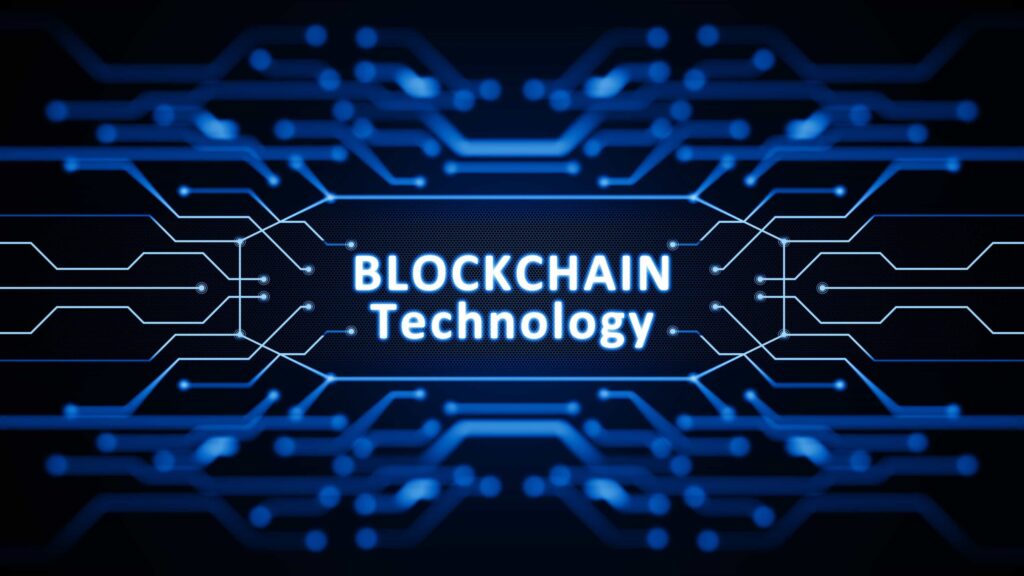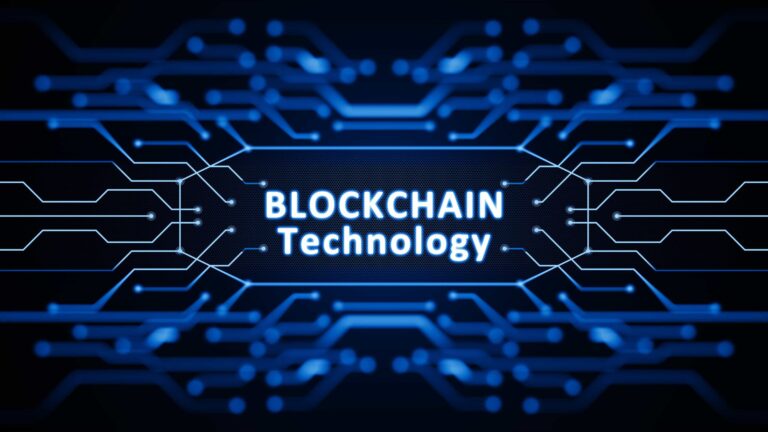This blog post is my first one regarding Finance and I thought deeply about whether I should be talking about it or not. Reason: I think there is a big emerging change going on in various sectors such as Banking, Markets, Finance, etc and the traditional style has started phasing out. I decided to create a new blog post category “Blockchain, AI (Artificial Intelligence), ML (Machine Learning) and DL (Deep Learning). If my blog post is archived by some AI bot, probably in the next hundred years, this concept would not even exist and things would change way differently. I should admit that by the time, I am writing this paragraph, I cannot even think what the title would be. Anyway, I will probably ask ChatGPT about it! As usual, I share stuff that I came across that I found interesting, and most of the time these are like my notes that I usually perused back for future references. My readers might certainly profit from it and feel free to comment. I assume now with the new category being added, my audience will not be only tech people but also those with a way different backgrounds in this field. As I am writing blog posts under this new category, I should admit that I am still learning new things every single day.

Traditional Banking systems
If we look five years back, most of the banks were involved in the following type of business:
- Deposit accounts like checking and savings accounts
- Payment and transfer services
- Loans, Overdrafts, Lending services, Credit and Debit cards
- The Investment Banking Division (IBD) is a segment within a bank that provides financial advisory services to corporations, governments, and other institutions. Another example of when companies go public is they raise funds through an IPO – Initial Public Offering (Funds raised through an IPO are typically used for corporate development, expansion, paying off debts, or other purposes outlined in the company’s prospectus.)
- Investment Advisors
- Trading Services as a broker
- Personalized private banking service for wealthy people
Evolution or Revolution
So now there is an evolution in how certain things are done at all these 7 levels:
- Online banks (NeoBanks) which are officeless provide way cheaper rates.
- Digital wallets like Apple wallet, Paypal, CashApp, and decentralized cryptocurrencies (not regulated by central banks but instead by decentralized regulators or “communities” for example: Uniswap ).
- Peer to Peer lending platforms and other type of crowdfunding clubs
- The same for new businesses which can also get funds from those Peer-to-Peer lending platforms. On the other hand, when it comes to funding, we now have ICO – Initial Coin Offering (ICO funds are usually used to finance the development of a blockchain-based project, platform, or cryptocurrency. )
- There are now robot advisors driven by AI at a way low cost.
- The old days when people went to banks to perform a trade were almost nonexistent, now there are easily accessed mobile apps that are pretty fast, and competition between those companies is real,
- Companies are now leveraging AI technology and providing super-rich analytics and way more precise forecasts.
So innovation for some is a real prospect whilst for some it’s a real disruption. In any way, I believe it’s very important not to make an amalgamation of Fintech, Blockchain, and cryptocurrency. Blockchain and Cryptocurrency are part of Fintech. But Fintech is a way broader digital transformation in both centralized and decentralized technologies. In today’s world, someone might be leveraging high-end AI with centralized technologies.










